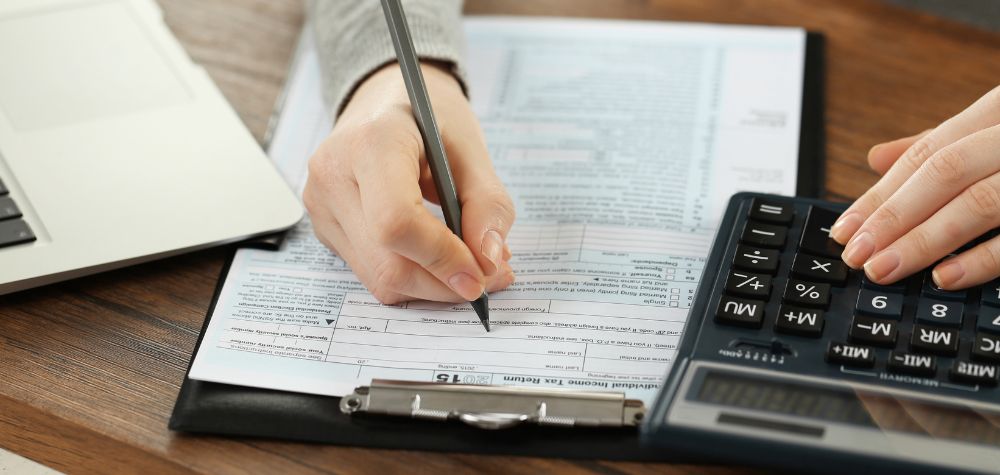Correcting Your Tax Return: Steps You Can Take


Discovering an error in your tax return can be unsettling, but correcting it is a straightforward enough process.
The Australian Taxation Office (ATO) offers a clear amendment process to ensure your tax affairs remain accurate and compliant.
When Should You Amend?
You should amend your tax return if you:
- Made a mistake in income or deductions
- Forgot to declare income—like interest, dividends, or side earnings
- Overlooked a tax offset or deduction
- Had circumstances change after lodging your return (e.g. received an updated payment summary)
You should wait until you receive your original Notice of Assessment before submitting an amendment—this avoids processing delays.
Know the Time Limits
For individuals, the ATO generally allows up to 2 years from the date of your original assessment to request an amendment. For sole traders, it’s the same for most years, though from the 2024–25 financial year onwards you have up to 4 years.
Missing these windows means you may need to lodge a formal objection instead.
Options to Lodge an Amendment
You have four ways to correct your tax return:
- Online (Fastest): Through myGov or the ATO app. Amendments are typically processed within about 20 days
- Paper Form (NAT 2843): Fill in the amendment form available from the ATO. It can take up to 50 business days to process
- Registered Tax Agent: They can lodge on your behalf electronically via Practitioner Lodgment Service
- Letter: Provide personal details (TFN, name, address, contact, bank account), clearly identify the year and labels to correct, explain the changes, and sign your declaration
You might choose paper or agent lodgement if your amendment includes complex issues or you prefer detailed support.
Gathering Supporting Documents
Collect any relevant documentation—like receipts, payment summaries, satellite statements, or revised income statements—to substantiate your amendments. You’re required to retain these records for compliance and audit purposes.
What Happens After You Amend?
If your amendment results in:
- A refund: The ATO will issue an amended Notice of Assessment and pay out amounts owed.
- Additional tax owed: You’ll be given time to pay. Interest (Shortfall Interest Charge) may apply—though you can apply for a remission if it’s substantial
What If You’re Outside the Amendment Window?
If the two‑ or four‑year window has closed, you may need to lodge an objection. This is a more formal process, typically handled via the ATO’s dispute-resolution pathway
Amending your tax return is straightforward when you act promptly:
- Check whether your situation requires an amendment
- Choose the method that suits your needs
- Prepare documentation and lodge within time limits
- Review the ATO’s amended assessment carefully
Mistakes happen—it’s how you address them that matters. If you’re unsure, your accountant or tax agent can guide you through the most efficient resolution.



